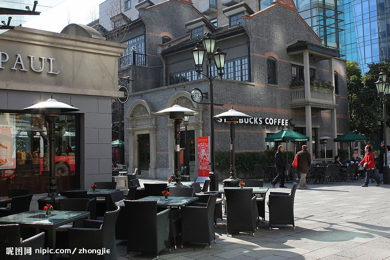By Xinting Liang (Wendy) & Pranav Reddy

|
| Anti-gentrification activists picketing outside a new upscale restaurant in Vancouver's Downtown Eastside, say they are protesting out of "peace and love" for the low-income residents of the long-troubled neighbourhood. Via The Toronto Star |
In India, cities are still growing at a rapid pace and gentrification is not common. For instance, movies are a big part of Indian culture and there are movie theaters in the central part of every Indian city. Lately after the advent of multiplexes and malls, these theaters have lost their appeal and were left vacant in many places, many of which were demolished. But in some places these theaters got converted in marriage halls, because Indian marriage is a length process and these theaters can accommodate traditional ceremony with minor adjustments. It is noted that, some cities have huge slums which have not been gentrified in spite of some high profile attempts. Rapid migration to urban areas feeds the slums, which makes the slums hard to be gentrified.
Overall, compared to leveling old building to compromise modernization, gentrification can be a process showing respect to the tradition values and history of a city. Even that, gentrification still should be handled carefully and steadily. Old buildings are ways for people to feel the past and connections between the old generations and new generations. Being aggressive to gentrify will disturb the locals’ life and harm their feelings. So any gentrifying plan should be thoughtful and respectful to the locals’ opinions. Only by that, gentrification can be socially sustainable.

